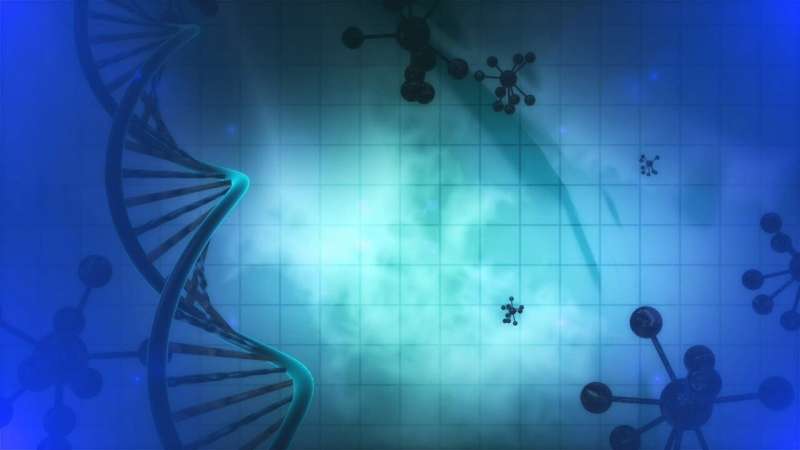How accumulating useful genes helps older yeast fare better in tougher times

Genome amplification, whereby organisms bump up the number of copies of beneficial genes in response to environmental stresses, is implicated in diseases such as cancer and also in ageing. Researchers in the Babraham Institute's Epigenetics research programme have used yeast to learn more about how satellite (extrachromosomal) DNA circles are formed to carry amplified genes, how the gene duplication is specific to the environmental pressure and the effects of age. Their research is published today in the journal PLOS Biology.
Yeast cells are an excellent system to study gene amplification, environmental response and ageing due to their reproductive method whereby a daughter cell is formed by a mother cell dividing asymmetrically. Older mother and younger daughter cells coexist in the population and their responses to environmental stresses can be compared.
In this study the Houseley group analysed the process of gene duplication in yeast under the pressure of high concentrations of copper. The group had previously shown that yeast specifically increase copies of a gene, called CUP1, which allows the cells to survive in high concentrations of copper that would otherwise be toxic. As well as incorporating these gene amplifications into chromosomes, extra copies of the gene can exist in cells as satellite DNA circles called extrachromosomal circular DNA (eccDNA), which can be rapidly gained and lost from the cell, allowing genome flexibility in response to the environment. The latest study focused on how these structures are formed and whether there was an age-related aspect to their formation.
Dr. Ryan Hull, a researcher in Dr. Jon Houseley's group within the Institute's Epigenetics programme and first author on the paper said: "This work is a continuation of our focus on understanding how cells achieve adaptability in order to be successful in challenging environments. Analysing the creation of the eccDNA supports our finding that gene duplication can be actively driven and controlled in response to the environment, rather than random, in order to confer increased resilience to future environmental change."
Within a cell population, the amount of gene amplification can vary, leading to a large amount of variation in gene copy numbers across the population. However, the researchers found that the distribution of the eccDNA was not random during cell division—they were held onto by mother cells during asymmetrical division.
Dr. Jon Houseley, a group leader within the Institute's Epigenetics programme, concluded: "It's an intriguing phenomenon. We can liken it to a selfish insurance policy implemented by the older cells, whereby they're hoarding these bits of DNA in the hope that they might confer an evolutionary advantage even at the cost of some inconvenience in having them around, including interference with essential cellular pathways and a likely contribution to ageing."
In cancer, such satellite DNA circles can contain drug resistance genes—amplified to confer a selective advantage to the cancer cells—and the cancer-driving oncogenes. Understanding this phenomenon may improve knowledge of how the same mechanism occurring in cancer cells can lead to large differences in how effective a drug treatment is.
More information: PLOS Biology (2019). DOI: 10.1371/journal.pbio.3000471
Journal information: PLoS Biology
Provided by Babraham Institute



















